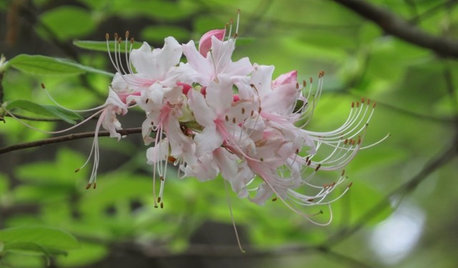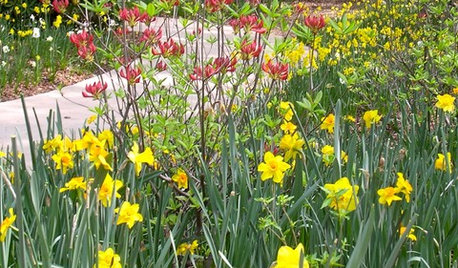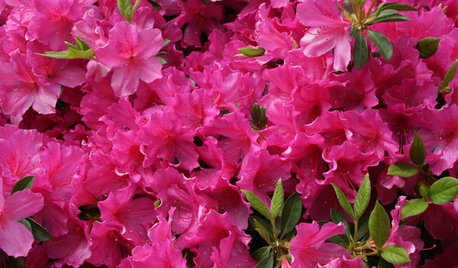Azaleas - or not
seegaye
11 years ago
Featured Answer
Comments (10)
azaleabill
11 years agolast modified: 9 years agoseegaye
11 years agolast modified: 9 years agoRelated Professionals
Windham Landscape Architects & Landscape Designers · New Bedford Landscape Architects & Landscape Designers · Surprise Landscape Architects & Landscape Designers · Erie Landscape Architects & Landscape Designers · Norton Shores Landscape Architects & Landscape Designers · Waunakee Landscape Architects & Landscape Designers · Paradise Landscape Architects & Landscape Designers · Matthews Landscape Contractors · Tempe Landscape Contractors · Alamo Landscape Contractors · Apollo Beach Landscape Contractors · Bedford Landscape Contractors · Goodlettsville Landscape Contractors · Hayden Landscape Contractors · Quartz Hill Landscape Contractorsluis_pr
11 years agolast modified: 9 years agoseegaye
11 years agolast modified: 9 years agorhodyman
11 years agolast modified: 9 years agocapecodd
10 years agolast modified: 9 years agoBlondienFL
10 years agolast modified: 9 years agorhodyman
10 years agolast modified: 9 years agoseegaye
9 years agolast modified: 9 years ago
Related Stories

GARDENING GUIDESGreat Design Plant: Rhododendron Canescens
Have a damp, shady spot in your garden that needs a lift? This Southern U.S. native may be the solution
Full Story
SPRING GARDENINGSpring Fling: Visit a Garden in Full Glory
The Atlanta Botanical Garden is blooming three weeks ahead of schedule. Come take a peek with us
Full Story
SOUTHEAST GARDENINGSoutheast Gardener's April Checklist
Stock up on herbs, keep clippers away from the daffodils and watch for signs of a major impatiens threat
Full Story
PLANTING IDEASGreat Garden Combo: Silver Sparkles Amid Purple and Blue Foliage
Get the look of this modern foundation planting by focusing on a restrained color palette with tasteful accents
Full Story
KITCHEN MAKEOVERSKitchen of the Week: Rich Materials, Better Flow and a Garden View
Adding an island and bumping out a bay window improve this kitchen’s layout and outdoor connection
Full Story
LANDSCAPE DESIGNFind Yourself in an Epic Garden in the Shade
Feeling hot and tired gardening in the sun? The world of shade gardening beckons you to its cool mystery
Full Story
TREESGreat Design Plant: Southern Magnolia, Iconic U.S. Native
Massive, fragrant blooms and deep green leaves set Magnolia grandiflora apart from other large shade trees
Full Story
GARDENING GUIDESHouzz Call: What’s Your Favorite Backyard Beauty?
The simple, honest daisy is this writer’s go-to garden flower. We want to hear which plant, flowering or otherwise, gives you special joy
Full Story
CONTAINER GARDENS7 Deer-Resistant Flowers for Your Summer Containers
Grow these as protection for edibles or just for their colorful beauty — deer might not like them, but everyone else will
Full Story
EDIBLE GARDENSNatural Ways to Get Rid of Weeds in Your Garden
Use these techniques to help prevent the spread of weeds and to learn about your soil
Full StorySponsored
Custom Craftsmanship & Construction Solutions in Franklin County






rhodyman